'Project Loon', which provides an Internet environment from a balloon flying in the stratosphere, started commercial development in the mountainous area of Kenya

Loon is live in Kenya-Loon Blog-Medium
https://medium.com/loon-for-all/loon-is-live-in-kenya-259d81c75a7a
Alphabet's Loon balloons provide their first commercial internet service in Kenya-The Verge
https://www.theverge.com/2020/7/7/21315961/alphabet-loon-balloons-internet-kenya-telkom-4g-remote-areas
Project Loon is a project to attach a solar panel-driven Wi-Fi antenna to a polyethylene balloon and fly it to the stratosphere at an altitude of about 20 km to provide the Internet to areas where communication infrastructure is not maintained. A tennis court-sized balloon is guided by a machine learning algorithm and can fly for 100 days or more if it is launched once. You can read about the mechanism of providing balloons and the Internet used for the project by reading the following articles.
Clearly that Google will become a communication carrier within a few months, what is the amazing future image of net OK with balloons and drones anytime anywhere? -GIGAZINE

Since the start of the demonstration test in New Zealand in 2013, Project Loon has been utilized for recovery support in disaster areas such as Puerto Rico suffering from hurricane damage and Peru damaged by the earthquake . Finally, in July 2020, Westgarth announced that Project Loon was finally launched commercially in Kenya.
Loon is working with Kenya's telecommunications provider Telkom Kenya to provide 4G and LTE over a range of 50,000 square kilometers spanning west to central Kenya, using as many as 35 balloons. The range where internet communication is provided by balloons is mainly in mountainous areas where reliable internet services are not provided due to the difficulty of constructing communication infrastructure on the ground.
You can see the commercial development of Project Loon in Kenya in the following movie.
Delivering Connectivity to Rural Kenya-YouTube
A slightly wrinkled balloon...
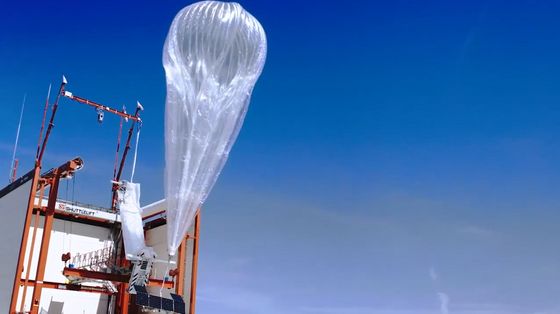
It floated from the ground.
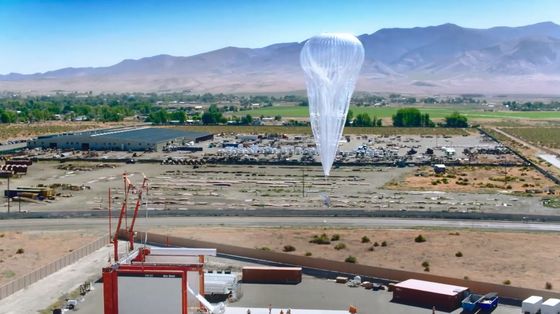
By using a balloon flying in the stratosphere, Project Loon can provide internet services to areas where stable internet was not available until now.
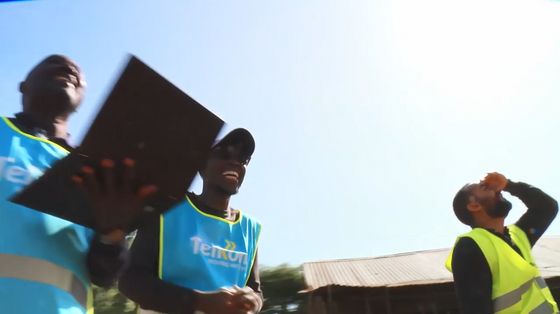
From the test stage, 35,000 unique users have been connected to the Internet service provided in Kenya, and services such as voice call, video call, Web browsing, YouTube watching can be used. Tests in late June 2020 showed a download speed of 18.9Mbps, an upload speed of 4.74Mpbs, and a latency of 19ms.

In addition to improving the medical system, providing the Internet to areas far from the cities...

It will allow children to take quality classes remotely.
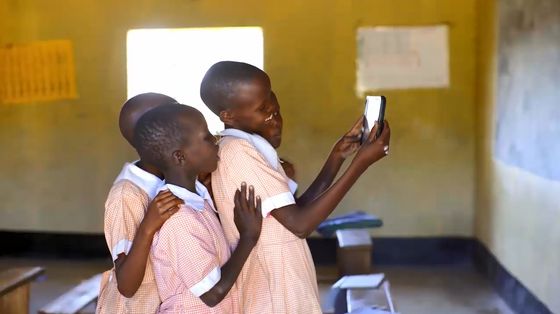
In addition, farmers are expected to increase the yield by making it easier to obtain information such as weather forecasts and new agricultural technologies.
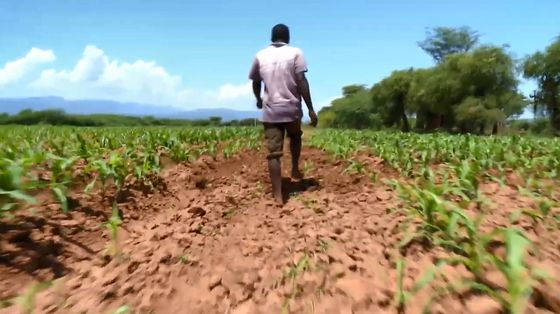
The balloon-based Internet service provided by Loon is not a replacement for the conventional Internet using base stations and satellites built on the ground, but is positioned as a “new Internet service layer”. Westgarth argued that each of the terrestrial base stations, satellites, and Internet services using balloons in the stratosphere could provide the Internet to a wider range of people.
Related Posts:
in Web Service, Hardware, Video, Posted by log1h_ik






